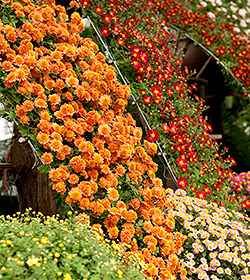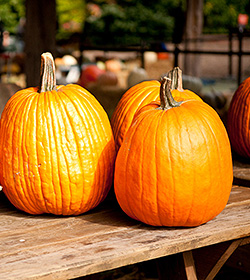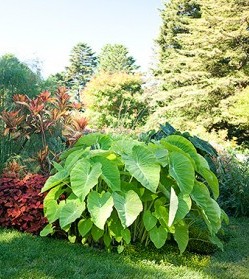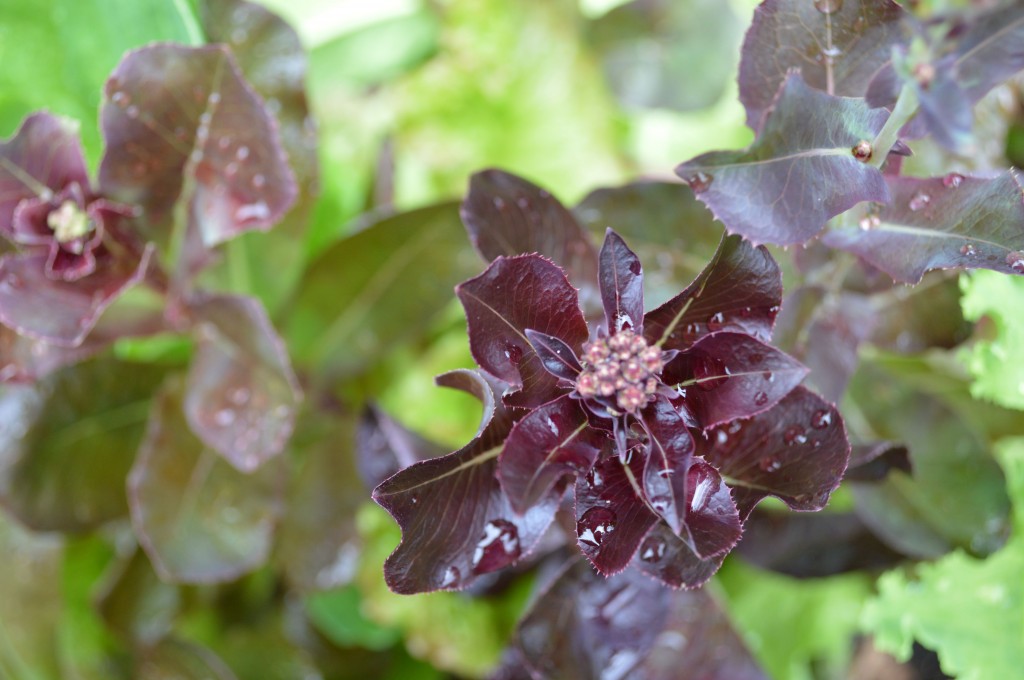Morning Eye Candy: Into the Woods
Posted in Photography on October 12 2014, by Lansing Moore
At the head of the Mitsubishi Wetland Trail – Photo by Ivo M. Vermeulen

Inside The New York Botanical Garden
Posted in Photography on October 12 2014, by Lansing Moore
At the head of the Mitsubishi Wetland Trail – Photo by Ivo M. Vermeulen
Posted in Photography on October 11 2014, by Lansing Moore
At Wamsler Rock – Photo by Ivo M. Vermeulen
Posted in Programs and Events on October 10 2014, by Lansing Moore
 NYBG will be open all Columbus Day Weekend—including Monday, October 13—for three days of special programming! Today through Monday, the Japanese Pop-Up Restaurant in the Garden Café will be open for visitors who want to complete their experience at Kiku: The Art of the Japanese Garden in the Enid A. Haupt Conservatory.
NYBG will be open all Columbus Day Weekend—including Monday, October 13—for three days of special programming! Today through Monday, the Japanese Pop-Up Restaurant in the Garden Café will be open for visitors who want to complete their experience at Kiku: The Art of the Japanese Garden in the Enid A. Haupt Conservatory.
Families in The Haunted Pumpkin Garden will enjoy three days of Halloween Parades in the Everett Children’s Adventure Garden. Kids will also enjoy Scarecrow Weekend in the Ruth Rea Howell Family Garden as they celebrate the harvest season with festive activities all across NYBG. All ages can learn about the conservation of one of Halloween’s most celebrated creatures, the bat, at our Gone Batty! Live Bat Encounter at the Clay Family Picnic Pavilions. The Perennial Garden will even host a live demonstration for making the perfect fall centerpiece.
Don’t forget that next weekend Ray Villafane returns to NYBG for our Pumpkin Carving Weekend. You won’t want to miss the chance to see his latest creepy creation come to life! Catch a sneak peek at Grand Central Terminal on October 17 when Ray will be there with his team, beginning work on a massive zombie carving. MasterCard® cardholders can also let their kids join in the fun with one of our Budding Masters Creepy Pumpkin Carving Adventures!
Click through for the full lineup of programs for the next three days, and come enjoy fall at the Garden!
Posted in Programs and Events on October 10 2014, by Lansing Moore

The LuEsther T. Mertz Library’s new Humanities Institute will soon host its second symposium. NYBG has invited four experts in the field of human-impacted environments to share their thoughts this November 7 on The Changing Nature of Nature in Cities.
Posted in Photography on October 10 2014, by Lansing Moore
The Mitsubishi Wetland Trail is one of a handful of places on grounds that is getting a head start on displaying its fall colors. Check our Fall Foliage Tracker to catch when peak color will arrive at NYBG!
On the Mitsubishi Wetland Trail next to the Everett Children’s Adventure Garden – Photo by Ivo M. Vermeulen
Posted in Gardening Tips on October 9 2014, by Sonia Uyterhoeven
Sonia Uyterhoeven is NYBG‘s Gardener for Public Education.
 Every year, in celebration of Columbus Day and the advent of autumn, I conduct a Home Gardening Demonstration in the Fall Room of the Jane Watson Irwin Perennial Garden on autumnal centerpieces. Instead of getting my hands dirty, I get my hands gooey by carving exotic looking heirloom pumpkins and creating festive table arrangements.
Every year, in celebration of Columbus Day and the advent of autumn, I conduct a Home Gardening Demonstration in the Fall Room of the Jane Watson Irwin Perennial Garden on autumnal centerpieces. Instead of getting my hands dirty, I get my hands gooey by carving exotic looking heirloom pumpkins and creating festive table arrangements.
I stand above the pumpkins with a sharp knife, grasp the stem for stability and start carving open the top. If you are carving a pumpkin with the intention of replacing the lid then you would place the knife at a 45-degree angle. Since I am carving with the intention of inserting a 4-inch square vase inside as a centerpiece holder, I carve straight down at a 90-degree angle. My objective is to create a clean edge and an area that is large enough so I can slip the vase in, leaving a small amount of wiggle room so that I can extract it with ease.
Posted in Photography on October 9 2014, by Lansing Moore
Kiku is best enjoyed in the morning light, when the chrysanthemums and bamboo are glowing.

In the Enid A. Haupt Conservatory – Photo by Ivo M. Vermeulen
Posted in Horticulture on October 8 2014, by Sonia Uyterhoeven
Sonia Uyterhoeven is NYBG‘s Gardener for Public Education.

Last week, I discussed the various taros or elephant’s ears (Colocasia esculenta) that we had on display in the Home Gardening Center. What I didn’t mention was that these robust tropical plants with their gigantic floppy leaves and their large round corms can be edible when properly prepared. Taro—or Cocoyam, or Yu Yu Tou—is a popular staple for many cultures.
It is believed that taro is indigenous to India. In Southeast Asia, it was grown near or in rice fields. In ancient times the Greeks and the Romans brought taro to Egypt and the Mediterranean. Spanish and Portuguese explorers then transported it to the New World. It is revered in Hawaii through prayers and takes on many forms in the cuisine. It goes without saying that taro is a globally important food source.
Posted in Photography on October 8 2014, by Lansing Moore
Look at the detail in this macro shot! You can almost taste the nectar.
In the Home Gardening Center – Photo by Patricia Gonzalez
Posted in Horticulture on October 7 2014, by Sara Katz
Sara Katz is the Community Horticulturist for Bronx Green-Up, the community garden outreach program of The New York Botanical Garden.

Along with juicy-ugly tomatoes, fresh herbs, and those peppers that made the best hot sauce, gardeners should harvest the seeds from their most prized plants of the growing season. In my Bronx community garden plot, one basil plant is reserved for setting seed, while the others are for eating with Arthur Avenue smoked mozzarella and in-season heirloom tomatoes.
Saving seeds carries on the work of our ancestors, who selected plant varieties using excellent foresight—and their taste buds. An ancient practice dating back to the Stone Age, the first saved seeds were part and parcel in man’s transition from hunter-gatherer to farmer. As plants began to be domesticated, varieties were selected for their flavor, beauty, resilience, and abundance.